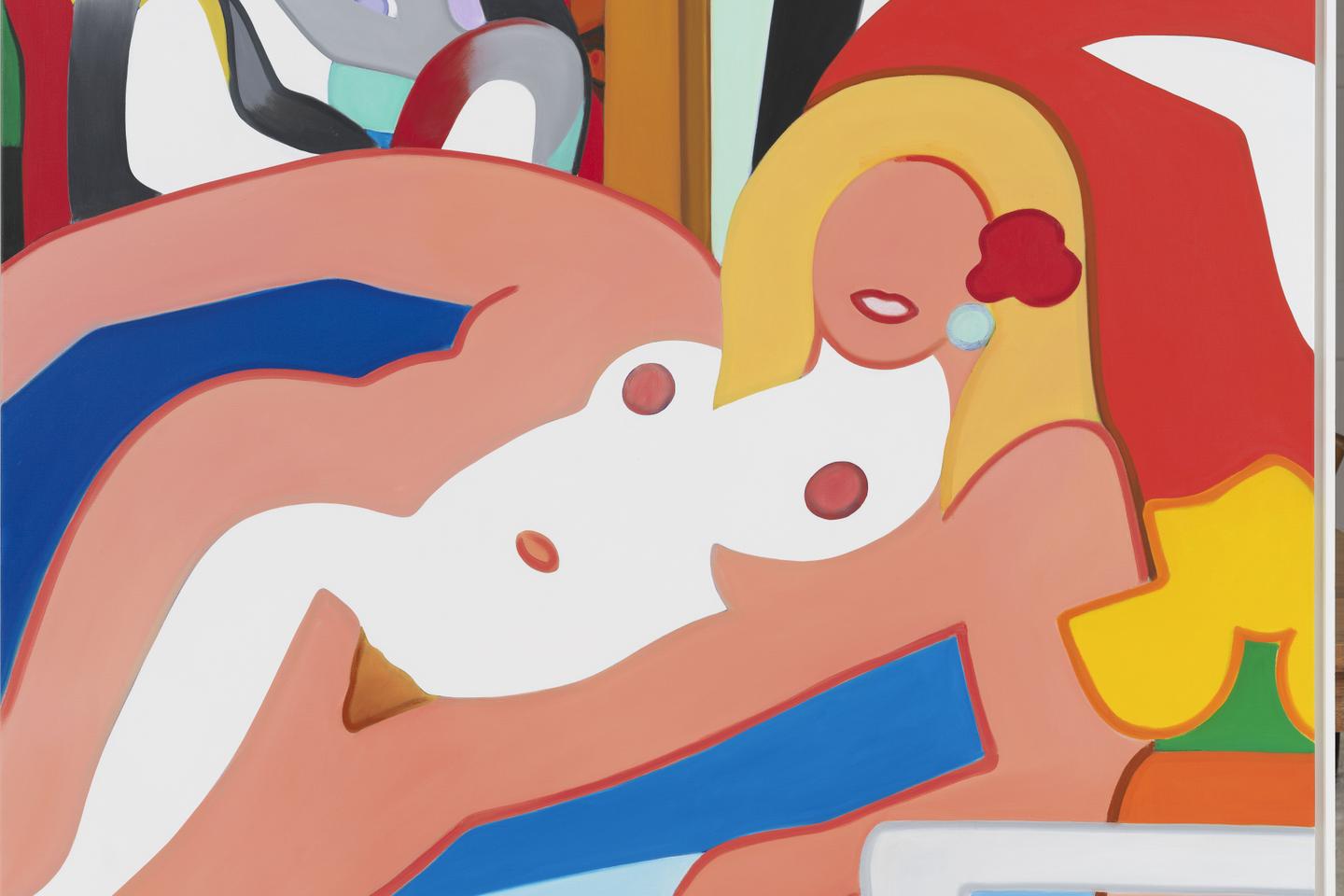
Spanning the four floors of the illustrious Fondation Louis Vuitton, ”Pop Forever, Tom Wesselmann & …” is dedicate to the titular artist and the wider Pop-Art movement, Opening on the 17th of October, the exhibition centres around Tom Wesselmann through a selection of 150 paintings and works in various media. Additionally, it presents 70 works by 35 artists who share a common affinity for “Pop”—from its Dadaist roots to its contemporary expressions and spans from the 1920s to the present. Alongside Wesselmann's works, the exhibition includes pieces by Andy Warhol, Yayoi Kusama, Roy Lichtenstein and Jeff Koons amongst others.
According to the guest curators, Dieter Buchhart and Anna Karina Hofbauer, this exhibition is “more than just a retrospective; ‘Pop Forever, Tom Wesselmann & …’ will place Tom Wesselmann’s work within the broader context of art history and provide intriguing insights into Pop Art’s past, present, and potential future.”

In the late 1950s, Pop Art emerged on both sides of the Atlantic—in North America and Europe. Comic strips, advertisements, cinema, celebrity culture, consumer goods, and tabloids became subjects of paintings. When not directly painted, these images were often glued or mechanically reproduced on the canvas. Pop Art celebrates, often with a touch of irony, the union of art with popular culture, blending the worlds of museums and galleries with that of mass culture. With neither manifesto nor fixed boundaries, Pop Art describes an aesthetic that extends far beyond the art world, continuing to thrive to this day. Its exact origins are hard to pin down, and it’s unlikely that Pop Art will ever have a definitive end.
This concept of a timeless Pop Art—“Pop Forever”—is presented as a dual exhibition that is both a retrospective and a thematic exploration. Tom Wesselmann was profoundly shaped by the intellectual and aesthetic environment of the “Pop” era that he contributed to and that still defines his work today.
Born in 1931, Wesselmann began painting in the late 1950s. Though he admired the impact of American abstract painters, he embraced the iconographic language of his time, integrating advertising, billboard imagery, and objects into his work. He explored classical painting genres (still life, nude, landscape) while broadening the thematic and technical scope of his art. His works, often positioned between painting and sculpture, incorporate multimedia elements such as light, movement, sound, and video. His spectacular, large-scale *Standing Still Lifes*, which lie at the intersection of painting and installation, introduced an unprecedented format.

Spanning Wesselmann’s first collages from 1959 to his large-scale embossed still lifes, semi-abstract landscapes, and his Sunset Nudes from 2004, the exhibition will extend across all four floors of the Fondation’s building.
Chronologically tracing Wesselmann’s works and themes, the exhibition uses his art as a springboard to present a broader perspective on Pop Art. His Great American Nudes will be placed in dialogue with the American icons created by his contemporaries (Evelyne Axell, Jasper Johns, Roy Lichtenstein, Marisol, Marjorie Strider, Andy Warhol). The Dadaist roots of Pop Art (represented by Marcel Duchamp and Kurt Schwitters) can be seen as forerunners to his large collages, while his portrayals of consumer goods anticipate later depictions of merchandise in the global era by artists like Jeff Koons and Ai Weiwei. His nudes and domestic scenes will be echoed by recent works from a new generation, with several pieces (by artists such as Derrick Adams, Tomokazu Matsuyama, and Mickalene Thomas) created specifically for the exhibition.
